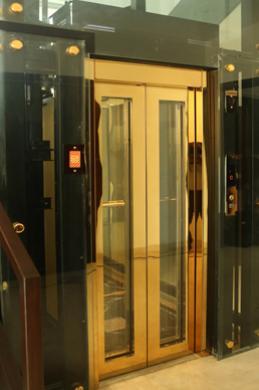The Evolution of the Elevator

It’s really simple why elevators were invented.
While climbing stairs comes with health benefits, it’s not the fastest way to get somewhere. Not to mention, being out of breath as soon as you enter the premises doesn’t create the best first impression. Stairs also pose a significant threat to the elderly. There’s a danger of slipping and falling. With elevators, they can get to the ground and back up without literally moving a muscle.
Where it all began
The elevator’s invention is said to have happened all the way back in Ancient Rome and have been up and down since 336 B.C. with credits going to Archimedes himself for building one.
Back then, elevators were used to move objects instead of people. Many years later in 1743, the first personal elevator was used by King Louie XV. It is said he used an elevator to get from his living quarters to another secluded floor of the palace.
A lift in design and functionality
Back to the present, over the last decade, elevators have been given a facelift. The clunky grills, and the little door leading to the elevator door, the lonesome landline stuck to the wall - all of them have been done away with. In their place, we now have keycard controlled, touch screen mounted, climate controlled cars. Some of them are also equipped with voice recognition. This means, one doesn’t have to push hard round buttons anymore.
And, we haven’t stopped with that. We now have smart elevators and green elevators. Smart elevators reduce wait time, which means you don’t have to wait till the elevator passes you twice before opening its doors and then stops at every floor on the way, making you wish you’d taken the stairs. There are also green elevators, which are trying their best to keep the environment safe by saving energy and resources, and generating renewable energy so everyone’s happy.
Cooper Elevators have made it a point to keep up with the evolution of elevators throughout history till date in both the aesthetic and functionality element. So, the next time you get into an elevator, remember, you’re taking part in history.
